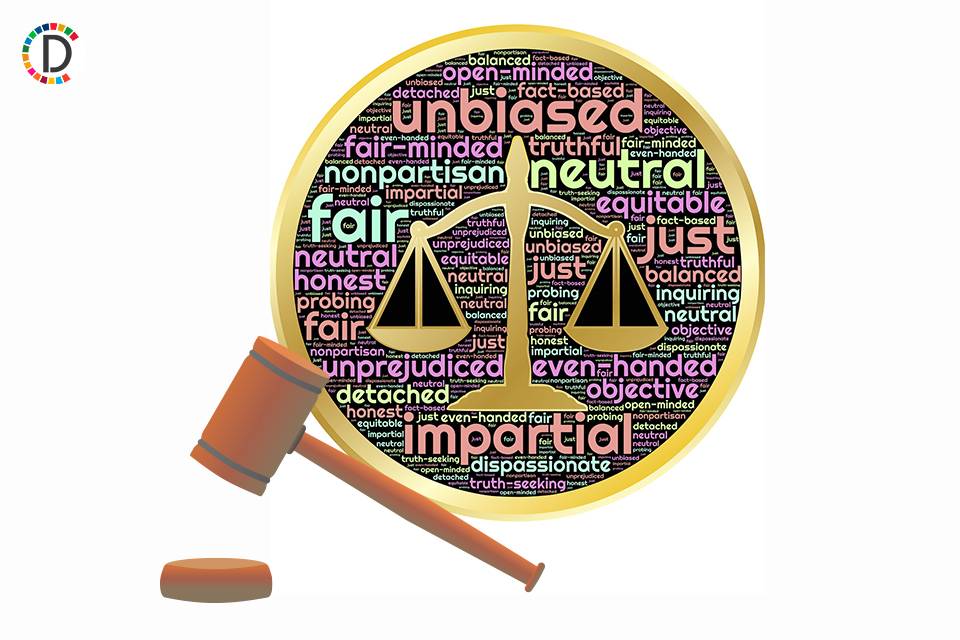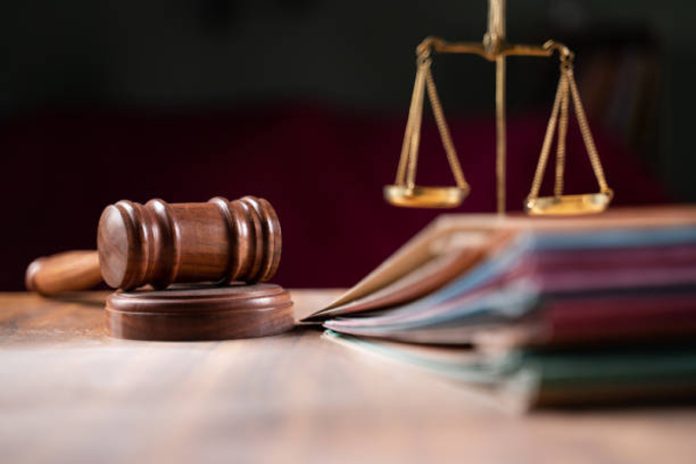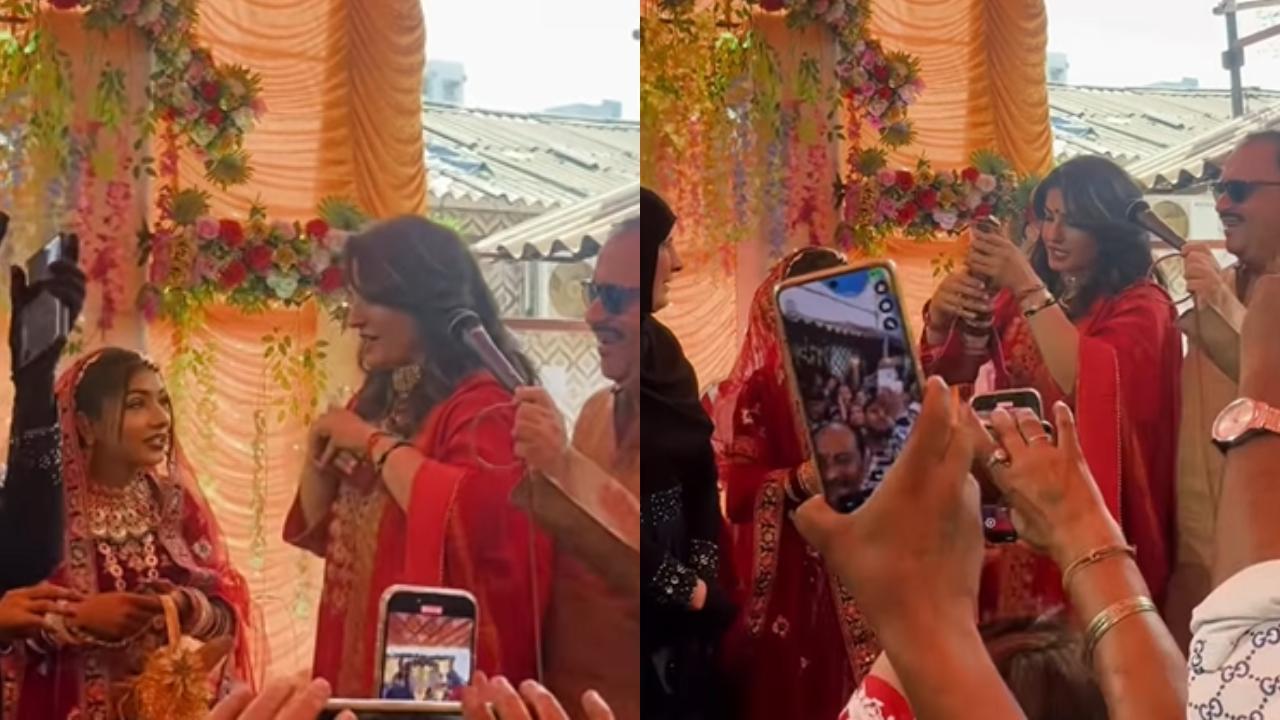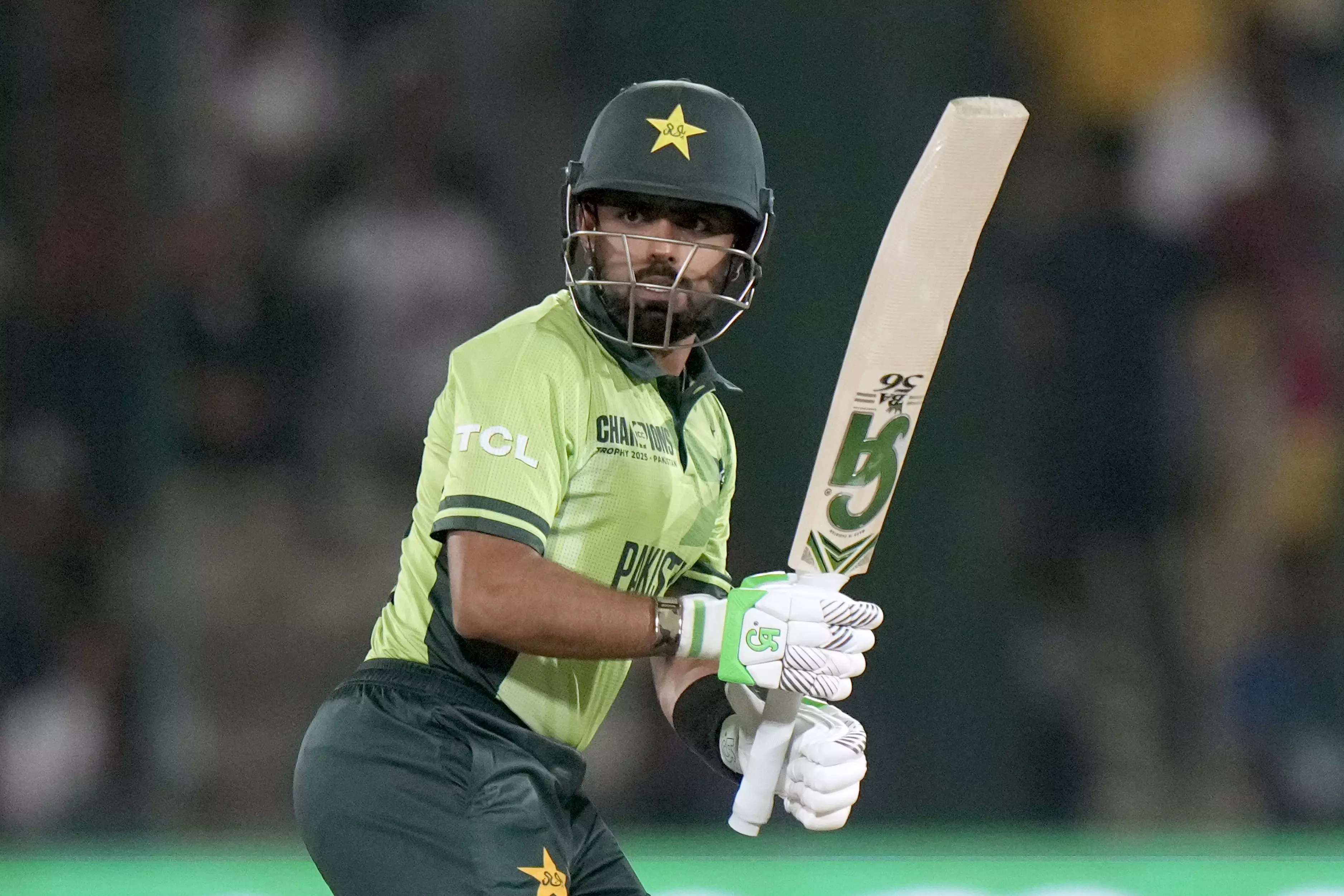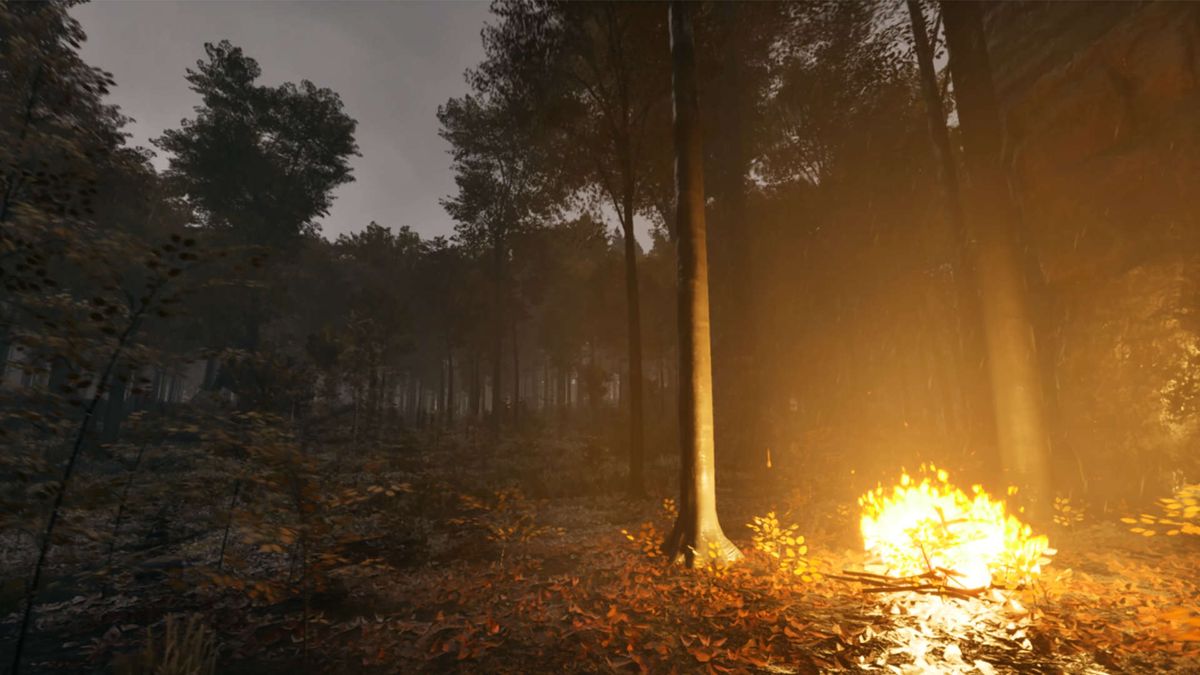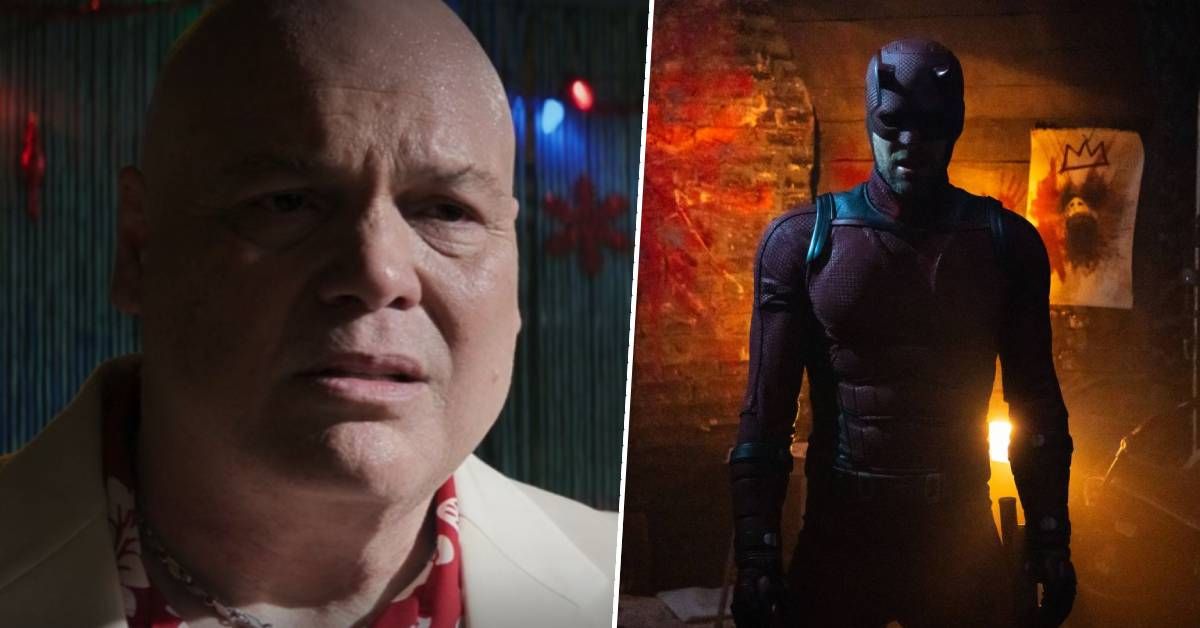
Shortly after the Russian invasion in February 2022, she began researching war crimes with the organisation Truth Hounds, criss-crossing the country interviewing witnesses and survivors. On one such visit, she was caught up in a Russian missile strike on a pizzeria in Kramatorsk in June 2023, dying of her injuries four days later. Looking at Women Looking at War is based on an incomplete manuscript that Amelina was writing, in English, in the months before her death.
Its title appears to be a conscious reference to Svetlana Alexeivitch’s The Unwomanly Face of War and Amelina has a similar flair for vignettes, largely of women she meets in her line of work, such as the lawyer Evhenia Zakrevska, soldier Zhenia Podobna and Yulia Kakulya-Danylyuk , a small-town librarian who kept meticulous records of the seven-month Russian occupation of her village Kapytolivka in the Donbas. There are also portraits of some men, such as Kakulya-Danylyuk’s friend, the children’s writer Volodymyr Vakulenko , who was murdered by Russian soldiers in the early days of the war, and whose diary, recovered by Amelina from the garden where it was buried, is reproduced in part here. Unfortunately, and not through any fault of Amelina’s, Looking at Women Looking at War is a sometimes frustrating read, given much of it is unfinished.

Sentences are frequently left incomplete, and where Amelina didn’t get around to writing a particular episode in full, we are presented with her notes, often gnomic slips of isolated words of the sort that might be jotted down in a meeting, the significance of which you hope to remember at a later date. [ Victoria Amelina: She wanted us to grasp what was happening in her country, and she was unforgettable Ukrainian writer, who documented the war in her country, died from injuries sustained after a Russian missile struck a restaurant Opens in new window ] Though fragmented texts can be intriguing, most are still carefully underpinned by a formal architecture. With this book, readers might at times feel they are being entrusted with an erudite academic task of deciphering intent.
The result is a worthy contribution to a growing body of literary reportage on the Ukraine war, with some vivid passages but, for all that, not one that seems especially essential in comparison with other books whose authors were still able to give them a thorough finish. Oliver Farry is a contributor to The Irish Times.




